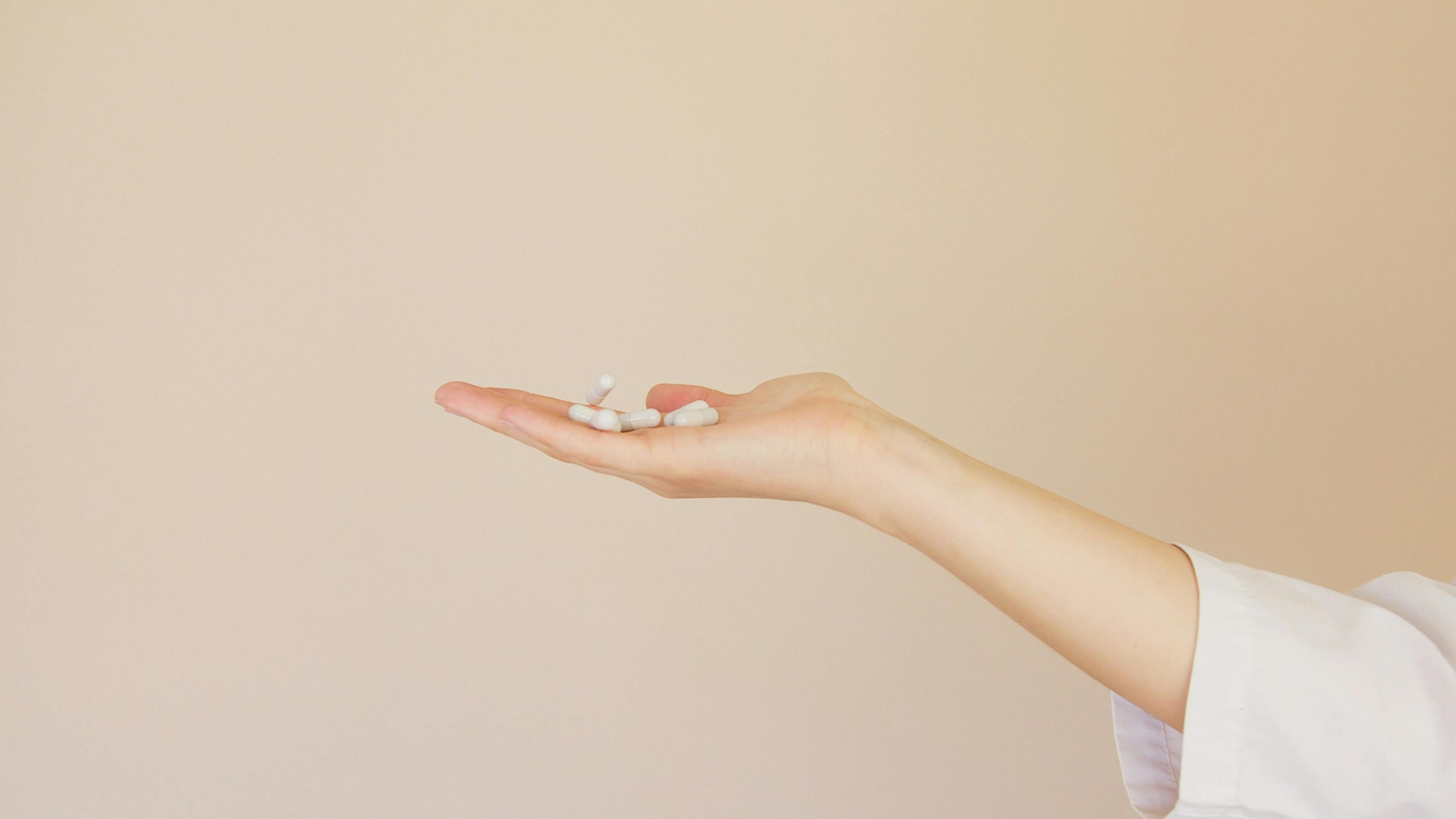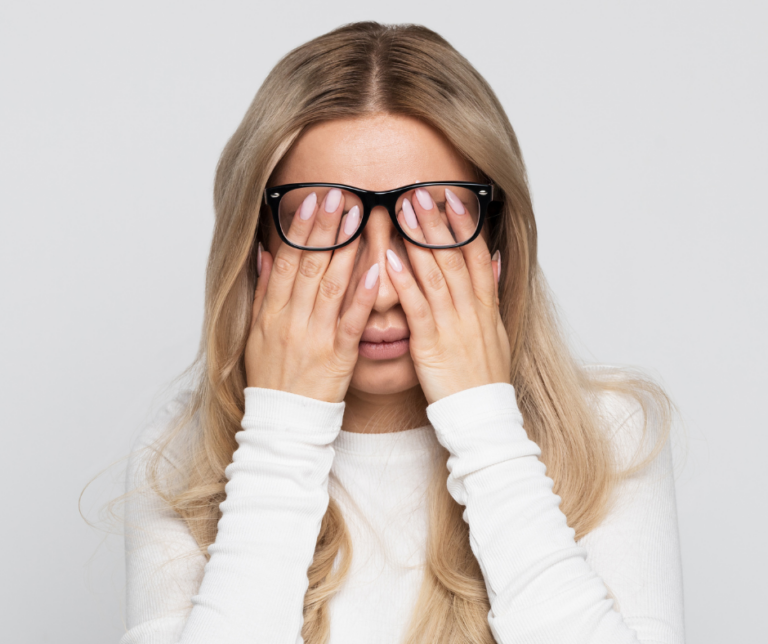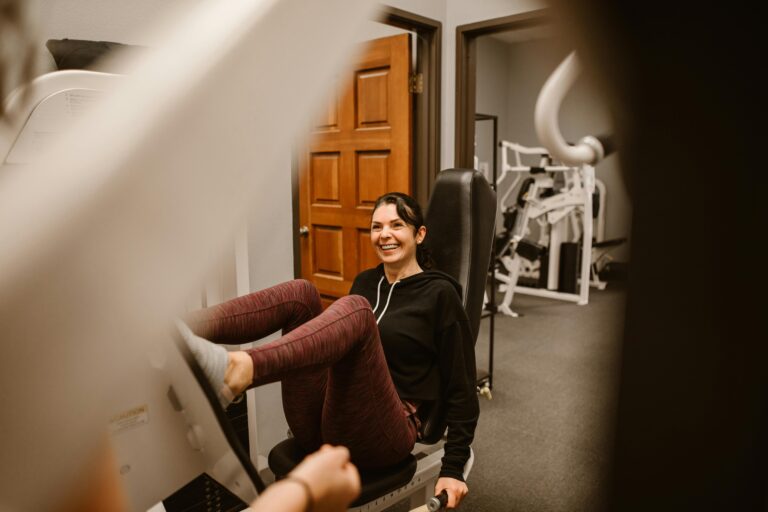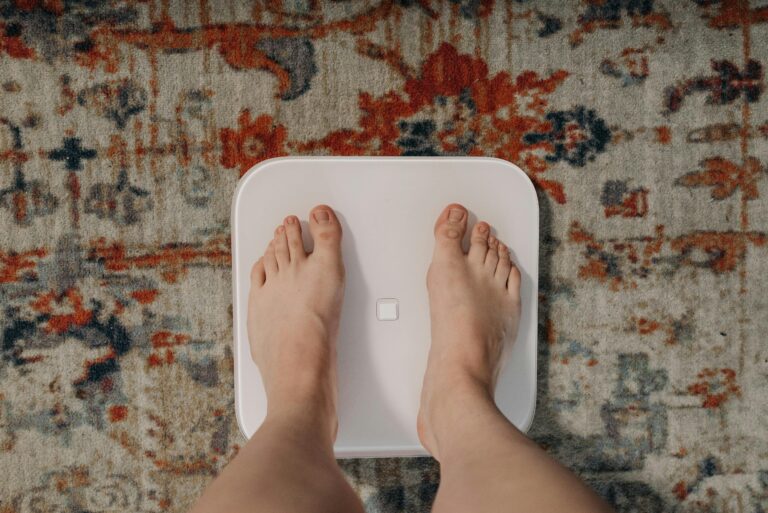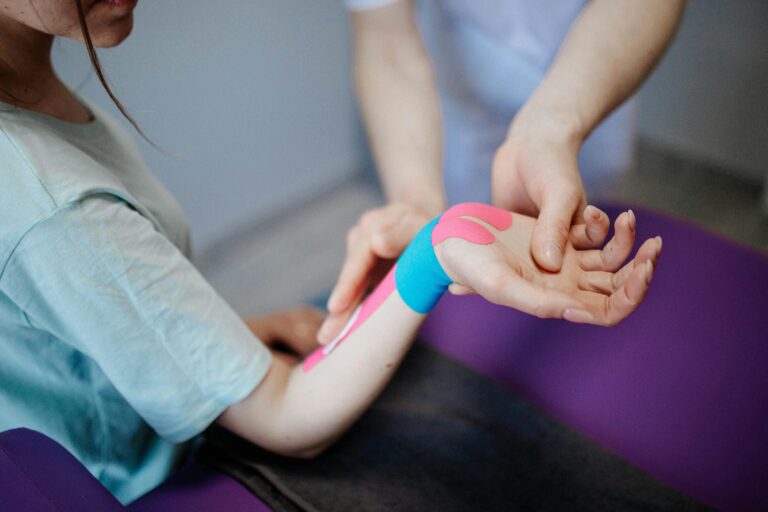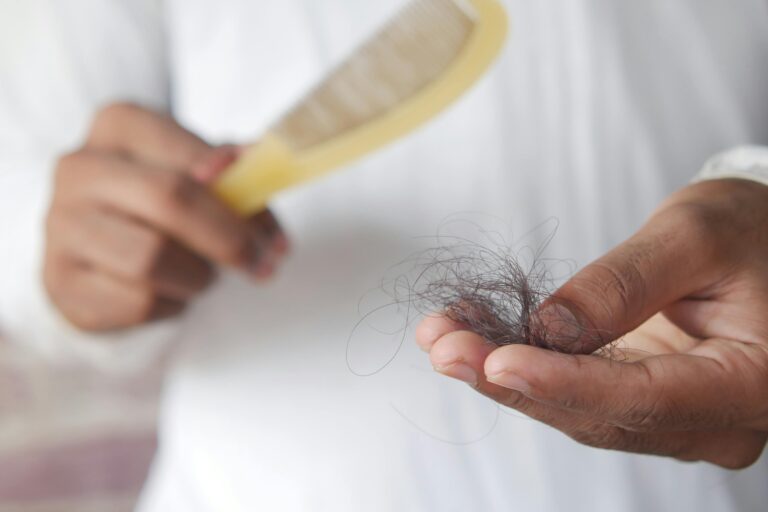Low Estrogen and Iron Deficiency
Low estrogen and iron deficiency often occur together during perimenopause due to hormonal changes that disrupt iron absorption and increase menstrual blood loss.
When your estrogen drops, your iron levels can follow, leaving you tired, foggy, and struggling to feel like yourself.
If you’re feeling constant fatigue, dizziness, or brain fog in your 40s or 50s, this article will help you understand how low estrogen and iron deficiency are connected, why perimenopause anemia is so common, and what you can do to restore your balance and energy.
How Does Estrogen Affect Iron Levels?
Estrogen isn’t just a reproductive hormone, it also regulates how your body manages iron.
One of its key roles is controlling hepcidin, a hormone produced by the liver that determines how much iron your body absorbs and releases from storage.
When estrogen levels fall, hepcidin levels rise, which can block iron from being absorbed or released into the bloodstream.
Even if you eat iron-rich foods, your body may not make full use of them.
At the same time, estrogen fluctuations during perimenopause often cause heavier or longer menstrual bleeding, compounding the problem.
That’s why many women experience both low estrogen and iron deficiency as they transition toward menopause.
Why Low Estrogen and Iron Deficiency Often Happen Together
During perimenopause, hormones like estrogen and progesterone fluctuate wildly before gradually declining.
These hormonal swings can directly and indirectly affect iron levels.
Here’s how the two issues connect:
- Heavy or irregular bleeding: Estrogen dominance or erratic hormone patterns can thicken the uterine lining, leading to heavier flow and iron loss.
- Reduced absorption: Low estrogen increases hepcidin, which prevents iron from being absorbed efficiently.
- Nutrient gaps: Appetite and dietary changes during perimenopause can lead to less iron intake.
- Other conditions: Thyroid disorders or chronic inflammation may worsen both hormonal imbalance and anemia.
This dual pattern is what doctors often refer to as perimenopause anemia, anemia triggered or worsened by hormonal changes in midlife.
Who’s Most at Risk For Low Estrogen and Low Iron?
You’re more likely to experience low estrogen and iron deficiency if you fall into one or more of these groups:
- Women with heavy or prolonged periods
- Those with uterine fibroids, endometriosis, or thyroid conditions
- Vegetarians or vegans with limited dietary iron intake
- Women approaching menopause with irregular cycles or spotting
- Those with digestive issues (celiac, IBS, low stomach acid) that impair absorption
One study found that many women aged 40–55 experience low iron levels.
Many don’t realize it’s connected to hormonal changes.
Symptoms of Low Estrogen and Iron Deficiency
The overlap in symptoms can make diagnosis tricky.
You may attribute them to stress or aging when both hormones and iron are contributing.
Common symptoms include:
- Persistent fatigue or low energy
- Brain fog and forgetfulness
- Shortness of breath or heart palpitations
- Dizziness or lightheadedness
- Brittle nails or hair thinning
- Mood changes, anxiety, or irritability
- Hot flashes or night sweats
- Pale skin or dark circles under the eyes
If you recognize several of these, it’s worth asking your provider about testing for both estrogen and iron levels.
Can Perimenopause Cause Anemia?
Yes, perimenopause can cause anemia through several mechanisms.
As estrogen levels fluctuate, they can create two major effects:
- Heavier bleeding: Irregular cycles and thickened uterine lining cause excessive blood loss.
- Reduced absorption: Lower estrogen increases hepcidin, limiting the body’s ability to absorb or use iron effectively.
That means even women with normal diets can become anemic during this stage.
Addressing only the bleeding, or only the iron deficiency, often doesn’t fully solve the issue.
Both need attention to restore balance.
How to Test for Low Estrogen and Iron Deficiency
If fatigue lingers despite adequate sleep or diet changes, ask your provider for blood work that checks both hormone and iron status.
Key tests include:
- CBC (Complete Blood Count): Evaluates hemoglobin, hematocrit, and red blood cell size.
- Ferritin: Measures stored iron (most accurate early marker of deficiency).
- Serum iron, TIBC, and transferrin saturation: Assess how iron is transported.
- Estradiol, FSH, and LH: Show whether perimenopause or estrogen decline is occurring.
- Thyroid panel: Because thyroid issues often mimic or worsen anemia.
- CRP or inflammatory markers: To interpret ferritin accurately.
How to Rebuild Iron and Support Estrogen Naturally
Fixing one without the other rarely works.
A dual approach restores both hormonal balance and nutrient levels.
1. Replenish your iron
Eat iron-rich foods: lean red meat, liver, lentils, chickpeas, pumpkin seeds, and dark leafy greens.
Combine plant-based iron with vitamin C to improve absorption.
Avoid coffee, tea, and calcium supplements within two hours of iron intake.
Consider iron supplements or IV therapy if blood tests show deficiency (under medical guidance).
2. Balance your hormones
Discuss hormone therapy (HRT or BHRT) with your healthcare provider to stabilize estrogen and reduce heavy bleeding.
Support natural balance with adequate protein, omega-3 fats, sleep, and stress management.
Track menstrual cycles to spot patterns in bleeding and fatigue.
3. Correct underlying causes
Screen for fibroids, thyroid disorders, or gut inflammation.
Treat vitamin deficiencies (B12, folate, magnesium) that contribute to fatigue.
Retest every 3–6 months to confirm improvement.
Lifestyle Tips for Energy and Hormone Support
Small daily habits can have a big impact:
- Start your day with an iron-rich breakfast like eggs with spinach or fortified oatmeal.
- Include B vitamins and magnesium to support red blood cell and hormone production.
- Stay active, gentle resistance training helps improve oxygen use.
- Stay hydrated and sleep 7–9 hours to aid recovery and hormone balance.
- Avoid skipping meals; consistent nutrition helps stabilize energy and mood.
When to See a Doctor
If you’ve noticed ongoing fatigue, lightheadedness, or bleeding that lasts longer than seven days, don’t ignore it.
Both low estrogen and iron deficiency can have lasting health effects if untreated.
At Women’s Wellness of Mississippi, we offer specialized testing and personalized treatment plans for women experiencing perimenopause anemia and hormone-related fatigue.
Our approach combines evidence-based medicine with compassionate care to help you feel vibrant and strong again.
Key Takeaways
- Low estrogen and iron deficiency often go hand in hand during perimenopause.
- Hormonal changes can cause both heavier bleeding and poor iron absorption.
- Testing ferritin and estrogen levels provides a clearer picture of what’s happening.
- Addressing both hormone balance and iron levels is the fastest path to recovery.
- Professional care and lifestyle support can restore your energy and well-being.
Conclusion
If you’re feeling constantly tired or off-balance, it may not be “just aging.”
The combination of low estrogen and iron deficiency is common but often overlooked.
By getting tested and addressing both your hormone health and iron levels, you can restore your energy, focus, and confidence.
At Women’s Wellness of Mississippi, our team helps women navigate perimenopause with clarity and compassion, offering hormone testing, personalized therapies, and nutritional guidance designed to help you thrive through every stage of life.
FAQs: Low Estrogen and Low Iron
Does estrogen affect iron levels?
Yes. Estrogen helps regulate a hormone called hepcidin, which controls iron absorption and release. When estrogen levels drop, hepcidin rises, making it harder for your body to absorb and use iron effectively.
What is the number one cause of low iron?
The most common cause of low iron in women is blood loss from heavy or prolonged menstrual bleeding. This is especially common during perimenopause, when hormonal fluctuations can cause irregular or heavier cycles.
What hormone causes iron deficiency?
While no single hormone directly causes iron deficiency, low estrogen can contribute by increasing hepcidin, which blocks iron absorption. Thyroid and progesterone imbalances can also indirectly affect how your body manages iron.
Can low iron affect progesterone levels?
Yes. Low iron can disrupt ovulation, which reduces progesterone production. Without enough iron to support healthy egg release, progesterone levels can fall, leading to irregular periods and hormonal imbalance.
What deficiency causes low estrogen?
Low estrogen can result from deficiencies in essential nutrients like vitamin B6, magnesium, zinc, and healthy fats. These nutrients are vital for hormone synthesis and balance, especially during perimenopause.
What are signs of both low estrogen and low iron?
Shared symptoms include fatigue, mood swings, brain fog, dizziness, pale skin, thinning hair, and low libido. Because the symptoms overlap, it’s common for women to overlook the connection between hormones and iron levels.
Can hormone therapy help with anemia?
Yes. Hormone therapy can stabilize estrogen levels, reduce heavy menstrual bleeding, and improve iron absorption. This dual effect helps correct anemia caused by hormonal changes during perimenopause.


